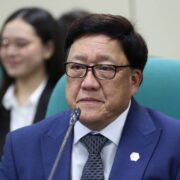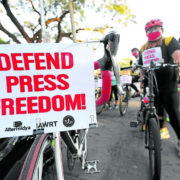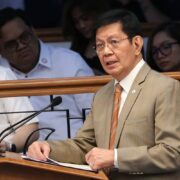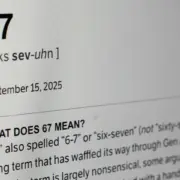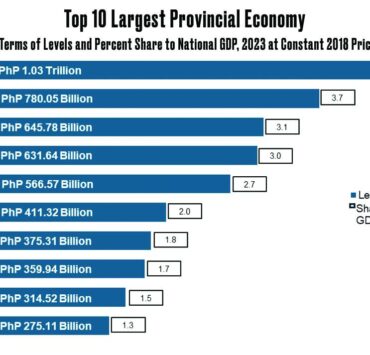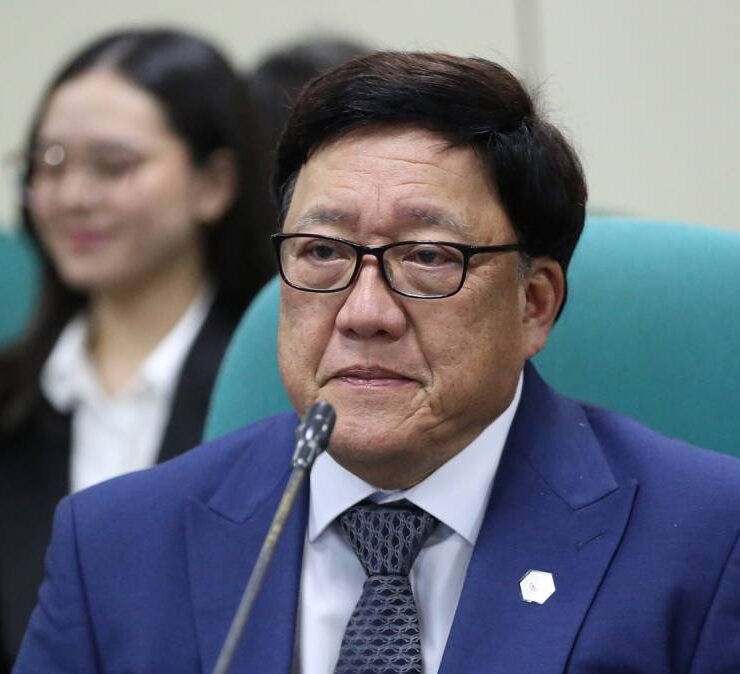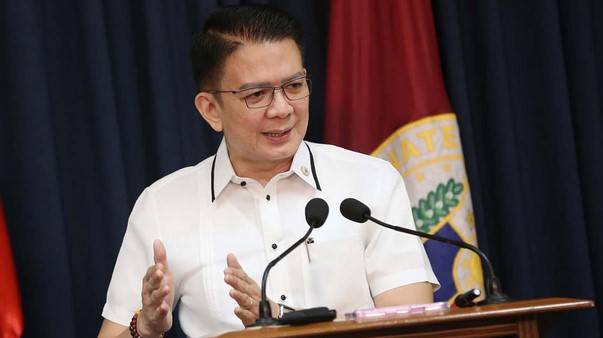Kontra Daya: Over half of party lists don’t represent poor
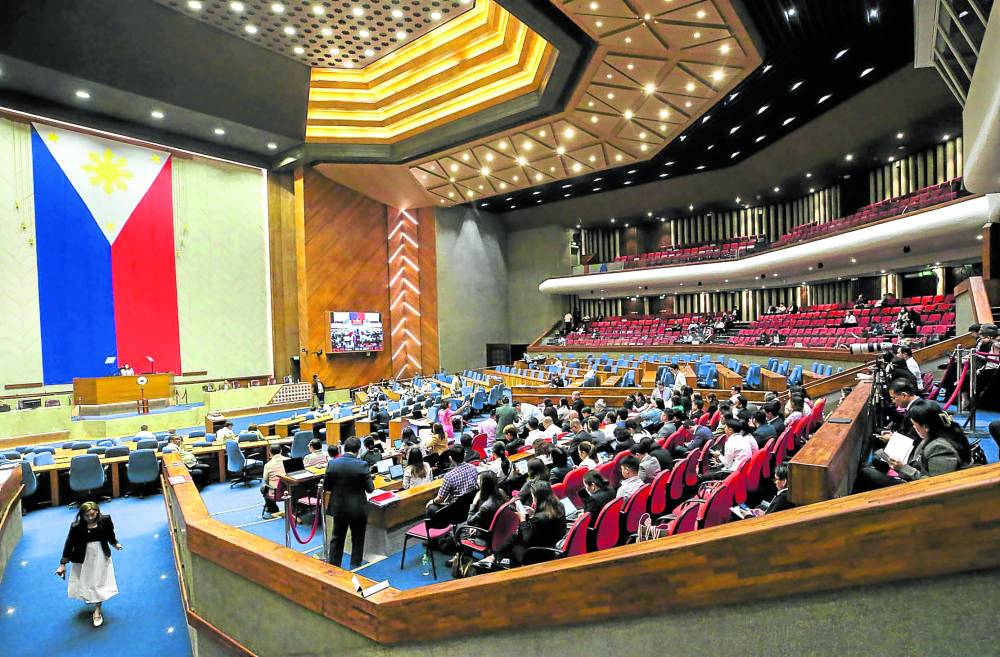
- No surprise there, but how disturbing still: Over half of the party-list groups running in the May polls do not represent the poor or marginalized, and worse, have hijacked the system, according to a poll watchdog.
- They party-list groups have links with political dynasties, big businesses, police or military; have pending corruption cases; have dubious advocacy; or do not provide enough information to the public about their groups.
- Kontra Daya and Cenpeg called for the restoration of the original intent of RA 7941 to ensure representation for the marginalized and underrepresented sectors by challenging the 2013 Supreme Court ruling.
The poll watchdog Kontra Daya on Wednesday released a study claiming that more than half of the party list groups seeking seats in the May elections do not represent the marginalized and underrepresented. In addition, most groups leading in the surveys have been flagged for hijacking the party list system.
Kontra Daya convenor Danilo Arao said 86, or 55.13 percent of the 156 party list groups eligible to participate in the party list elections, have links with political dynasties, big businesses, police or military; have pending corruption cases; have dubious advocacy; or do not provide enough information to the public about their groups.
Arao, in a joint press conference with the Center for People Empowerment and Governance (Cenpeg) and Vote Report PH at the University of the Philippines in Quezon City, said the percentage of party list groups flagged by Kontra Daya is lower compared to the 70 percent in the 2022 elections. However, he said 40 out of 156 party list groups qualified to run this May have political dynasty links compared to 43 out of 177 in the 2022 polls.
One party list, the Partido Trabaho at Wage Hike, has earlier withdrawn leaving 155 groups to contest the polls.
Kontra Daya said at least seven party list groups leading in the December 2024 and January 2025 surveys by the Social Weather Stations have links with political clans, big businesses, or the police or military.
Limited info
Arao also said at least two party list groups have husbands, wives, in-laws and siblings from political clans as nominees. Many nominees are also relatives of former and incumbent government officials or big businessmen.
He noted that political clans in the provinces already have their bailiwicks which can deliver 200,000 or more votes enough to secure a party list seat in the House of Representatives.
Arao also expressed concern over nominees who provided limited information about themselves in the forms submitted to the Commission on Elections (Comelec).
“They did not provide specific details on the nature of their work, preferring to give only general details. This should be a reminder to the public to scrutinize all 10 party list nominees and not just the first three,” he said.
Vehicle for ‘trapos’
Cenpeg executive director Natalie Pulvinar said if left unchecked, the continued hijacking of the party list system will further entrench elite dominance in Philippine politics, diminishing the democratic space for genuine representatives of the marginalized.
“We call on all democratic forces—civil society, grassroots organizations, and concerned citizens—to stand together in reclaiming the party list system for those who truly need it. The future of our democracy depends on it,” she said.
Cenpeg said groups with nominees who are members of political dynasties, retired government officials, and wealthy businessmen act as “mere extensions” of the ruling elite and do not champion the interests of the poor.
Republic Act No. 7941 or the Party-List System Act, enacted in March 1995, has long been criticized for ending up as another vehicle for traditional politicians or “trapos” to advance personal interests.
In 2012, the Comelec tried to cleanse the system by reassessing so-called marginalized groups and screening their representatives in Congress which, the poll body noted, were either multimillionaires, former government officials, or members of powerful political clans.
In April 2013, however, the Supreme Court revised its previous ruling and allowed political parties and groups not representing marginalized and underrepresented sectors to participate in the party list elections.
In the 2010 elections, the Comelec accredited 187 party list groups. The number decreased significantly in the 2013 elections with only 111 but increased to 115 in the 2016 elections.
Law’s original intent
In the 2019 elections, 134 party lists were on the official ballot then increased further to 177 in the 2022 elections.
This year, 155 party lists are running.
Kontra Daya and Cenpeg called for the restoration of the original intent of RA 7941 to ensure representation for the marginalized and underrepresented sectors.
Arao said constitutional and legal experts should challenge the 2013 Supreme Court ruling.
Pulvinar added that the Comelec should “have stricter measures” in accrediting party lists.
The two groups also pushed for reforms of RA 7941 but noted that bills proposing changes have been gathering dust in both houses of Congress.
In October 2024, former Bayan Muna Rep. Neri Colmenares urged the House to restore the integrity of the party list system.
Since the 15th Congress, Bayan Muna and other Makabayan bloc members have filed bills aiming to strengthen eligibility requirements and implement measures to prevent political and economic elites from infiltrating the party list system.
How they are elected
Section 11 of RA 7941 provides that party list representatives “shall constitute twenty percentum of the total number of the members of the House of Representatives, including those under the party-list.”
A party list can only have a maximum of three representatives. There are currently 63 party list lawmakers.
The Comelec uses a three-stage formula set by a Supreme Court 2009 decision for distributing seats to the party list winners.
The 2009 Banat v. Comelec ruling also overturned the requirement of a minimum 2 percent party list votes to fill up all of the 20 percent party list representatives.
In the first stage, the first seat is given to parties that obtained a minimum of 2 percent of the total votes cast in a party list election.
In the second stage, the parties get one additional seat, or two seats in all, based on the allocation of the remaining seats.
The process goes on to a third stage if there are seats left from the party list quota of 20 percent of all the seats in the House. One party list seat is assigned to each of the parties next in rank until all available seats are completely distributed.—WITH A REPORT FROM INQUIRER RESEARCH
Sources: Inquirer Archives, comelec.gov.ph




